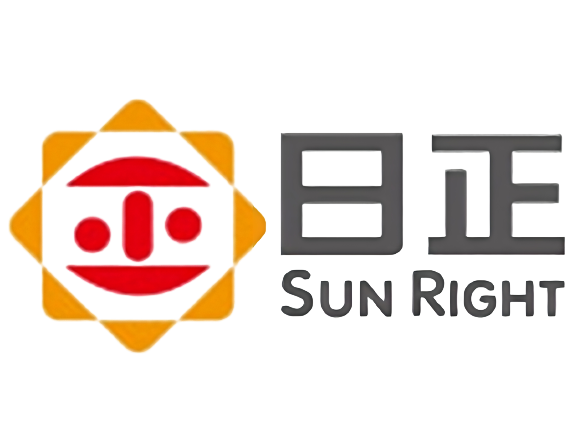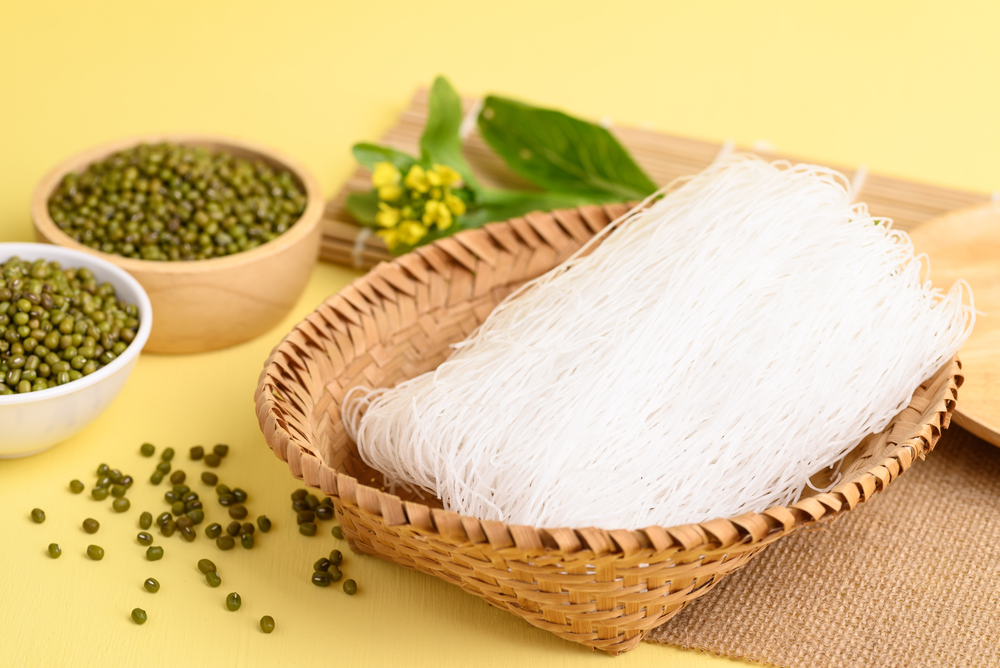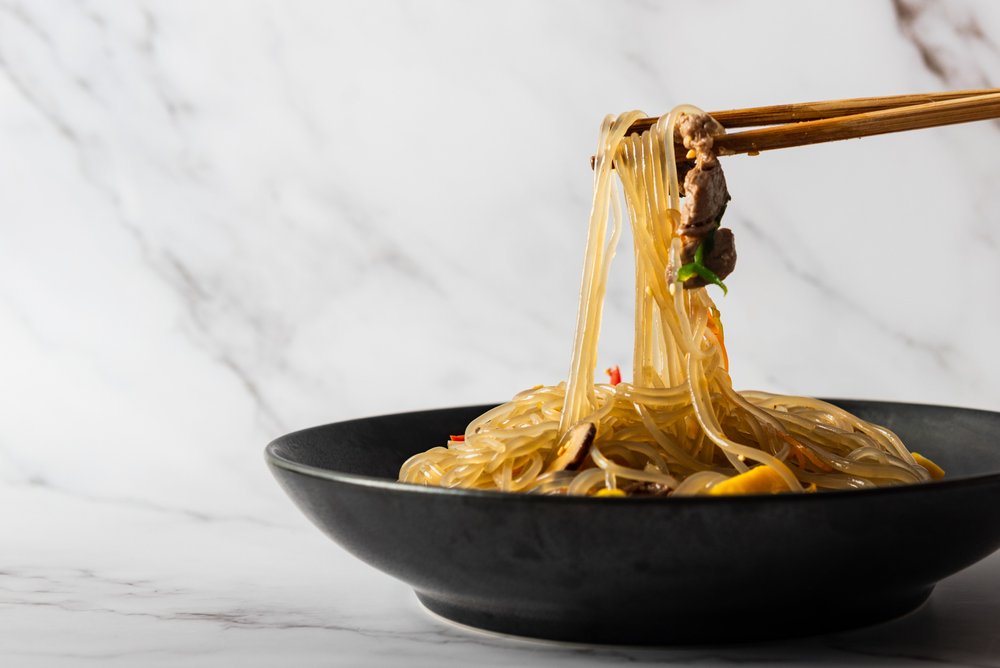Overview of the Glass Noodle Market
Glass noodles are manufactured from mung bean starch and water. They are used in Chinese, Korean, Thai, and Vietnamese cuisines for their chewy texture and flavor absorption. Thanks to the popularity of Asian cuisine and gluten-free diets, their use in Japchae and Pad Woon Sen has grown worldwide. Notably, North America and Europe have indicated rising demand.
Asian foods are becoming more popular in Western culinary culture. For example, North America had 51.63% of the gluten-free food market in 2023. Because of their minimal calories and simple ingredients, glass noodles fit the clean eating trend. Traditionally, they dominate the Asia-Pacific market, with China, South Korea, and Taiwan as key manufacturers and buyers.
Technology has also improved food processing procedures for greater quality and shelf life. International customers may now buy these noodles more easily, thanks to e-commerce sites. The rise of Asian fusion restaurants in the West further enlarged the glass noodle business.
Demand Trends in the Global Glass Noodle Market
Current Trends Driving the Global Glass Noodle Market
Glass noodle sales are rising due to the worldwide appeal of Asian cuisine. Remember that China, Thailand, South Korea, Vietnam, and Taiwan are major glass noodle manufacturers and consumers in Asia-Pacific. Pad Thai, Japchae, and Vietnamese Pho with glass noodles are now served globally by Asian restaurants and fast-food companies. Increasing cookery programs, food blogs, and social media influencers featuring Asian dishes fuel interest and demand.
Urbanization and middle-class expansion in Asia-Pacific boost the industry as customers seek quick, genuine meals. The Asian instant noodles market could reach $67.23 billion by 2031 from $43.53 billion in 2023, growing 5.6% from 2024 to 2031. The food processing and packaging technologies have bettered quality and shelf life while drawing worldwide glass noodle markets.
Impact of Changing Dietary Preferences on Glass Noodle Demand
Glass noodles are in demand throughout regions due to changing diets, particularly gluten-free diets. Glass noodles from mung bean, potato, or tapioca are ideal for gluten-free and health-conscious customers who limit wheat-based products. For instance, due to increased celiac illness and gluten sensitivity awareness, Europe is showing considerable growth.
Moreover, the popularity of plant-based diets and low-calorie, low-fat meals has made glass noodles popular among health-conscious customers. Glass noodles may serve a rising market sector of gluten-free goods. Retailers and manufacturers are selling more glass noodle items, including ready-to-eat meals and meal kits, to make them simpler to integrate into diets.
Supply Chain Dynamics and Challenges for Glass Noodles
Complexities of the Glass Noodle Supply Chain
The glass noodle supply chain is multifaceted, from raw material procurement to worldwide distribution. Countries like China, South Korea, Thailand, and Taiwan dominate Asian production. For instance, while Taiwan plays a significant role in glass noodle manufacturing, it primarily relies on imported mung beans due to limited domestic production. Starch extraction is key to manufacturing and requires accuracy and current technology. Before exporting, the noodles are quality-checked.
Country-specific quality requirements complicate cross-border trading. Global distribution routes are varied and need well-coordinated logistical networks. Major Asian maritime hubs enable product mobility, yet sea freight hazards exist. For example, the 2021 Suez Canal bottleneck also hampered glass noodle supplies, which shows how fragile logistical systems are.
Challenges Impacting the Glass Noodle Supply Chain
Logistical issues, raw material shortages, and price instability plague the glass noodle supply chain. Supply chain delays are common due to port congestion in Shanghai and Singapore. Such types of delays raise delivery costs. The scarcity of raw materials is another issue. For instance, in mung bean production, drought may diminish vegetative output by 20%–45% and reproductive yield by 30%–100%. Remember that scarcity affects output and prices.
Dynamic market and geopolitical price swings worsen the situation. The trade war worsened in June 2019 when the US put 25% tariffs on $200 billion of Chinese imports. This round targeted more textiles, food (glass noodles), and agriculture than the first. Production energy costs have risen, with natural gas prices up 50% in the past year to affect product pricing.
Trade Challenges and Market Opportunities for Glass Noodles
Trade Challenges in the Glass Noodle Market
Trade issues in the glass noodle market include tariffs, international trade rules, and market entrance restrictions. The US and EU charge high tariffs on imported noodles to hurt cost competitiveness. SPS regulations and other trade rules demand tight food safety compliance. It may require costly testing and certification, which smaller businesses cannot afford.
Similarly, established supply networks and brand loyalty can hinder new market entrants. For instance, new competitors find it difficult to compete with industry leaders who use their huge distribution networks and economies of scale to retain market dominance. In addition, import limitations and strict labeling rules, which vary by market, increase these hurdles.
Market Opportunities for Glass Noodles
Glass noodles have commercial potential in non-traditional areas and a growing demand for convenience meals. Urbanization and changing diets are giving the Middle East and Africa growth opportunities. Glass noodles are in demand in these locations due to a rising desire for simple, easy-to-prepare meals. Glass noodles are also popular due to the worldwide health trend. Western customers who value health choose alternatives to pasta and rice.
Rising e-commerce platforms enable direct-to-consumer sales for companies to circumvent established distribution channels and reach more customers. Hence, it demonstrates the appeal of glass noodles among busy professionals and young families. Such ever-increasing markets may benefit developing businesses that supply fortified or flavored glass noodles.
Glass Noodles from Sunright
Sunright makes top-notch mung bean starch glass noodles. Due to their transparent look and texture, our noodles are perfect for hot and cold meals. Our patented manufacturing method assures a consistent, high-quality product. Our commitment to detail makes us a glass noodle market leader. Sustainability and responsible raw material sourcing are also priorities. Thus, we tackle the rising need for nutritious, eco-friendly food. Click here to learn more.


